Jacksonville, Fl. — The “Buresh Bottom Line”: Always be prepared!.....First Alert Hurricane Survival Guide... City of Jacksonville Preparedness Guide... Georgia Hurricane Guide.
STAY INFORMED: Get the * FREE * First Alert Weather app
FREE NEWS UPDATES, ALERTS: Action News Jax app for Apple | For Android
WATCH “Talking & Tracking the Tropics: The Science Behind the Season”
WATCH “Preparing for the Storm”
READ the First Alert Hurricane Center “Survival Guide”
***** ALWAYS CHECK & RE-CHECK THE LATEST FORECAST & UPDATES! *****
*** The first round of impacts from Eta have occurred for South Florida last weekend. Round 2 hit the west coast of Fl. centered on Tampa Wed. followed by a relatively minor impacts across North Fl. & SE Ga. into Thursday ***
FOR JACKSONVILLE/NE FL./SE GA:
** I do not expect significant damage or any long term interruptions of our general infrastructure resulting from Eta. Any power outages should be sporadic & temporary... tree damage mostly minor... & any flooding mostly of the nuisance type. Businesses should be able to remain open for the most part & day to day activities should be able to easily resume after Eta moves away.
** gusty winds increase Thursday. Winds sustained 15-25 mph with gusts of 30-40 mph during the morning through early afternoon. Winds will potentially gust to 50+ mph in some of the stronger rain bands then diminish by later in the afternoon into the evening.
** dangerous rip currents at area beaches with rough seas/surf much of this week.
** on-&-off rain bands will move from south to north across the area through midday Thursday diminishing from west to east in the afternoon. These bands will produce brief stronger winds, heavy rain & isolated waterspouts or tornadoes. . Rainfall through Thursday will average a half inch to 1.5″.
** some minor flooding, especially at high tide with higher than avg. tides also along the St. Johns River & some of its tributaries + an approaching new moon phase. Tide times * here *. Some might remember the severe flooding with Irma in 2017 when the storm was in a similar location to where Eta is forecast to be. THIS IS A COMPLETELY DIFFERENT SITUATION. The flooding will *not* be near as severe since Eta will be much weaker than Irma was 3 year ago.... while coming in more from the west vs. Irma’s approach from the south & southwest. Still... there will likely be at least some - mainly short term - flooding in some of the same locations as during Irma in ’17 (downtown Jacksonville, near the St. Johns River & its tributaries... a rise on Black Creek but not a major flooding situation with most if not all streams & rivers staying within their banks).
** virtually *no* storm surge due to Eta’s angle of approach + weakening trend
Tropical depression #29 was upgraded Sat. afternoon, Oct. 31st & to tropical storm Eta Sat. evening then to a hurricane (12th of the Atlantic season) early Mon., Nov. 2nd - a high end Cat. 4 Mon. afternoon/evening followed by a Cat. 4 landfall on the northeast coast of Nicaragua Tue. afternoon. So Eta becomes the record-tying storm - 28th - for most in a single season. According to Dr. Klotzbach, Eta is also only the 5th Cat. 4 Nov. hurricane in the Atlantic Basin (Cuba Hurricane, 1932; Lenny, 1999; Michelle, 2001; Paloma, 2008). Conditions (shear, water temps., moisture) were all favorable for steady & rapid strengthening interrupted only by an eyewall replacement cycle Mon. night. The combination of the change in structure + proximity to land took Eta a bit off its peak while on a very slow journey inland. Eta re-emerged over the far Western Caribbean Thu. night... moving northeast across the Caribbean with a landfall on Central Cuba early Sunday, Nov. 8 as a strong tropical storm the the upper Fl. Keys Sunday night near 11pm EST. This is a record 12th U.S. landfall this year with at least one U.S. landfalling named storm in every month since May! Eta has been over the Gulf of Mexico since Sunday night moving north/northeast becoming a hurricane again Wed. morning - the latest Gulf hurricane since “Kate” in 1985. Eta weakened back to a tropical storm Wed. afternoon with gradual weakening right up to landfall. There will be Florida & South Ga. impacts through midday Thu. - the 2nd Eta Fl. landfall & 4th overall (Nicaragua, Cuba, Keys, W. Fl. coast).
The ultimate outcome of where Eta goes & how it gets there has come down to a high pressure ridge to the east of Fl. & an incoming mid latitude trough over the U.S.
MODELS:
The models have been significantly shifting east & increasing the forward speed & finally seem to have solved the enigma we know as “Eta”.
The GFS has been emphatic that Eta would make a comeback over the Caribbean then to near Fl. by last Sunday while peeling back to the west to the Gulf before turning north & northeast again & so has been reasonably good - at least so far - with Eta. The GFS has generally been faster & a little more north which seems to be playing out. The model has been flip-flopping on whether or not the trough “catches” Eta but recently has trended to a “catch” & takes a weakening Eta ashore on the west coast of Fl. then continuing northeast, even east across N. Fl. then out to sea again while accelerating & becoming post-tropical.
The European model is pretty close to the GFS solution now though a little slower & farther north. The UKMET has trended toward the European solution but has not been at all consistent during the past week or so.
All in all, there is better model agreement now with Eta making a landfall near the Fl. Big Bend north of Tampa then weakening pretty quickly while turning northeast. The weakening makes sense & is tied to increasing shear + land interaction not to mention cooler ocean water & some dry mid & upper level air.
So.... we should be able to get Eta out of the area & east of the entire U.S. by Thu. night/Fri. & re-generation over the Atlantic looks unlikely.
RECAP:
As a whole forecast models have been struggling with “all the low pressure” (there will again be some tropical development soon over the Caribbean) at low latitudes - the tropics & subtropics - not to mention the typical autumn-related fast-to-change meridional flow (troughs of low pressure & ridges of high pressure) over the higher latitudes. So we’ve been seeing a lot of changes & fluctuations in the forecast models. Special (4 times a day) weather balloon launches across Fl. & much of the Southeast U.S. along with NOAA research aircraft sampling the atmosphere over & near Eta combined to seemingly add some stability to model forecast but not until late Tue./early Wed. Admittedly... Eta was a pain to forecast with many sharp turns & very poor model output.
Eta’s sinusoidal track has been tied to the upper level flow which has returned to what we’ve seen most of the hurricane season: a trough over/near the Central U.S. with increased ridging near Fl. & to the east. How this all evolves has been critical in steering Eta. It’s becoming apparent the western portion of the ridge is breaking down enough & shifting east so that Eta will make a move inland across North Florida & follow the alleyway between the ridge to the east & the trough to the west out over the open Atlantic.



Courtesy S. Fl. Water Management District:




Moderate shear increases through Thu. helping to weaken Eta. Ocean temps. are cooler as well where Eta came ashore.



Lots of dry air lurking just west of Eta:


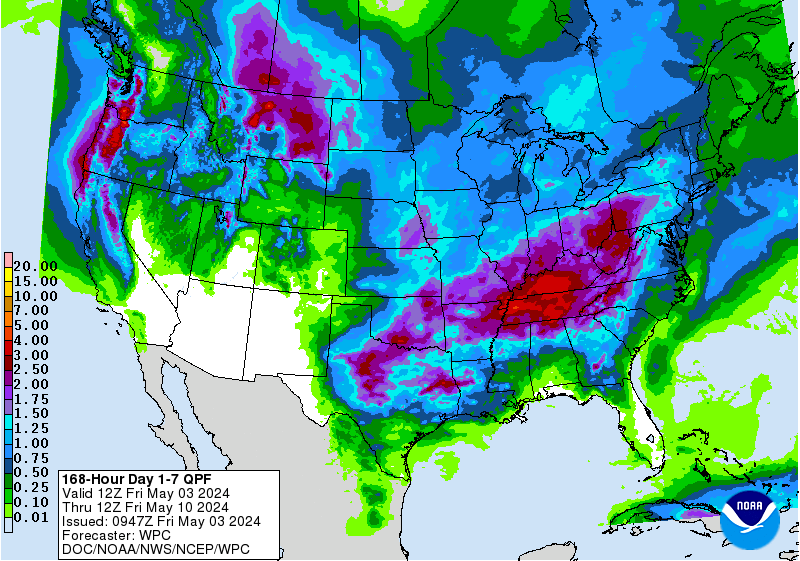


The steering “players”: After moving steadily west/southwest & even a little south, Eta has turned around & is moving northeast. . As upper level high pressure to the east “softens” on its western edge while upper level troughing increases over the Central U.S., Eta will turn more north & northeast then turn rather sharply eastward favoring the red arrow below followed by a right hand (east/northeast) turn. So Eta is taking the “red arrow” path up to landfall. Complicated & interesting, maybe a little frustrating to forecast!

More spaghetti:


Eta technically developed on Oct. 31st but the map below will suffice & shows the Caribbean is a relative “hot bed” for late season/first 10 days of Nov. tropical cyclones:
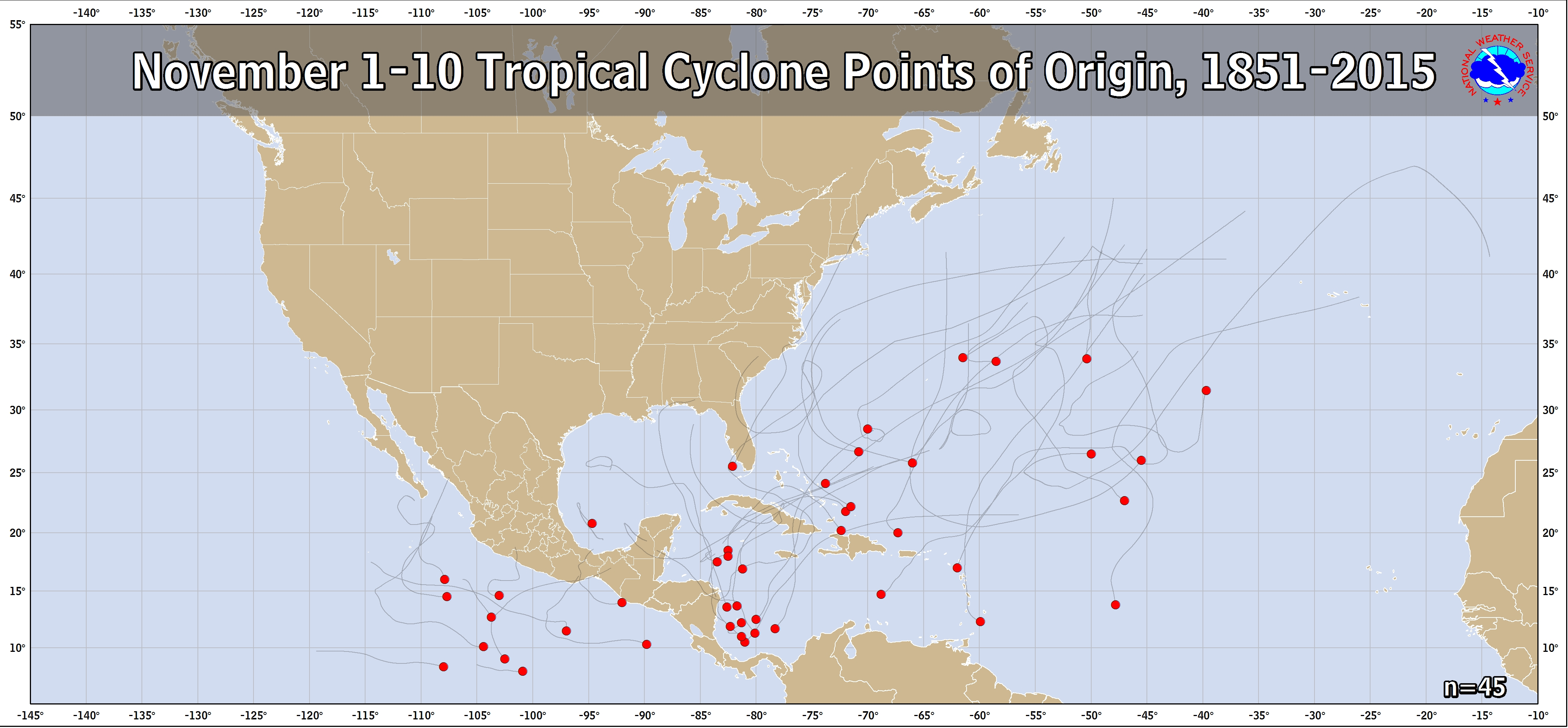
Theta has formed over the East Atlantic - the record 29th storm of the season beating the record of 28 in the infamous year of 2005. Theta will stay over the Eastern Atlantic & is no threat to the U.S. . Early indications are that Theta will weaken over the Northeast Atlantic before reaching Europe.

Atlantic Basin wave forecast for 24, 48 & 72 hours respectively:




Elsewhere... Another tropical wave moving into the Caribbean does have some longer range potential for gradual development. It appears this system would stay over/near the Caribbean (vs. turning north) as the disturbance moves toward the west & bends a little southwest.





:quality(70)/cloudfront-us-east-1.images.arcpublishing.com/cmg/WW5AJL3ARQUGDQMAQUNSFX4CLE.jpg)
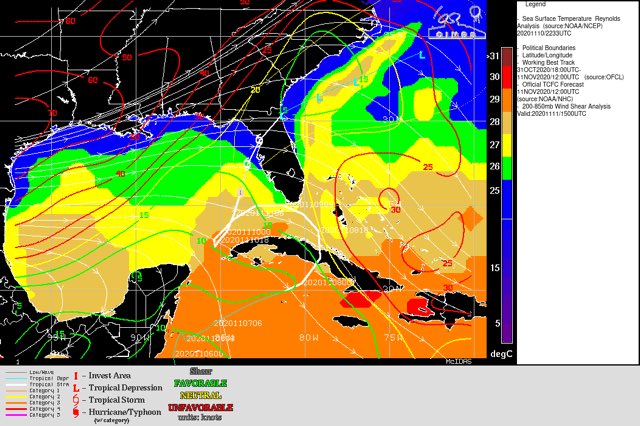
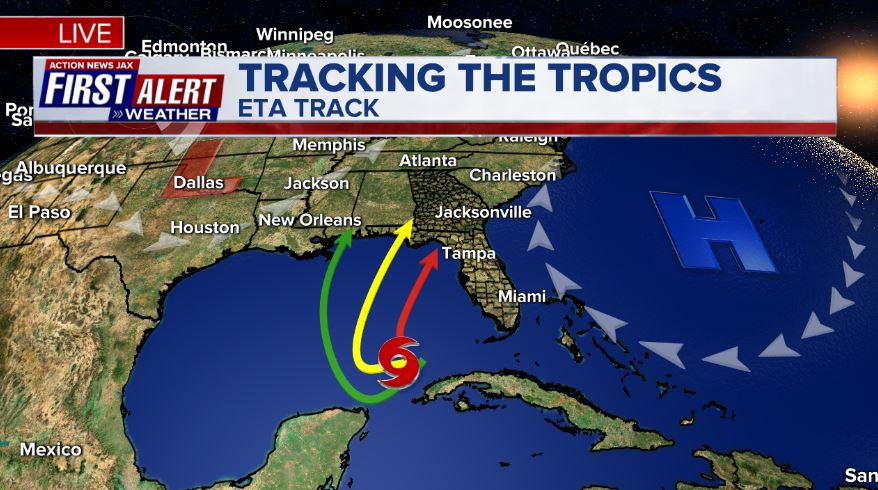
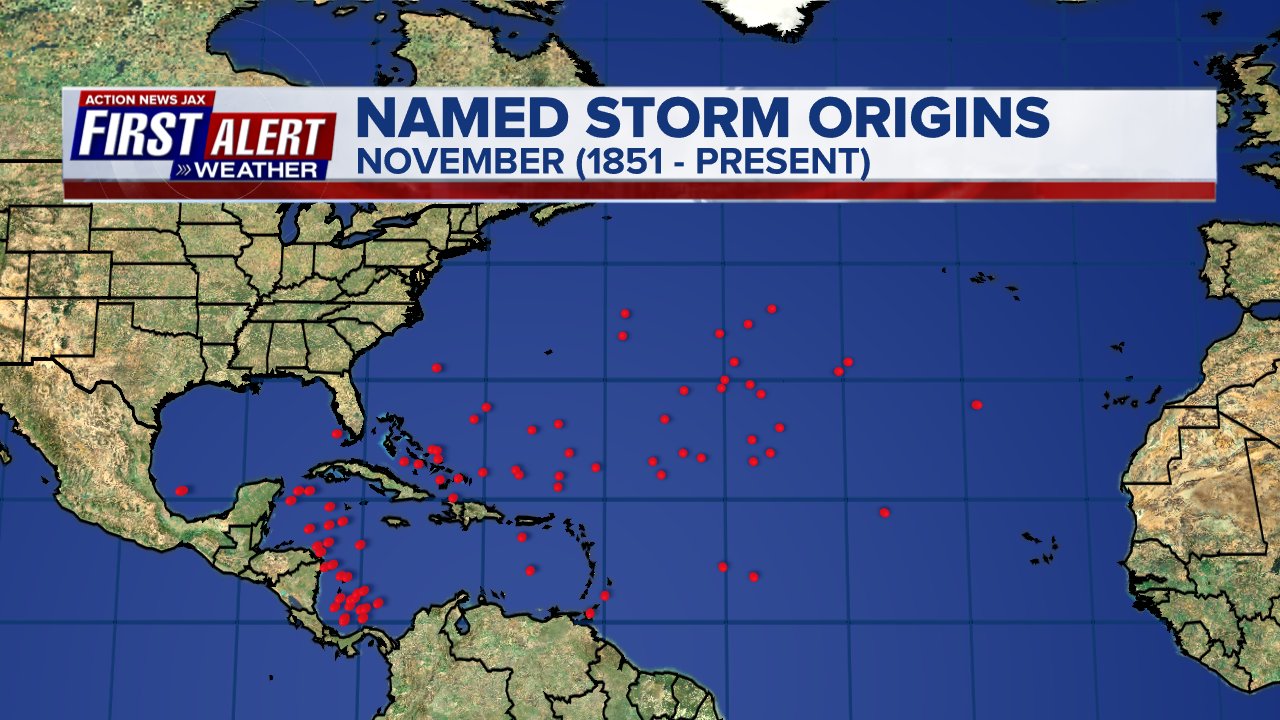
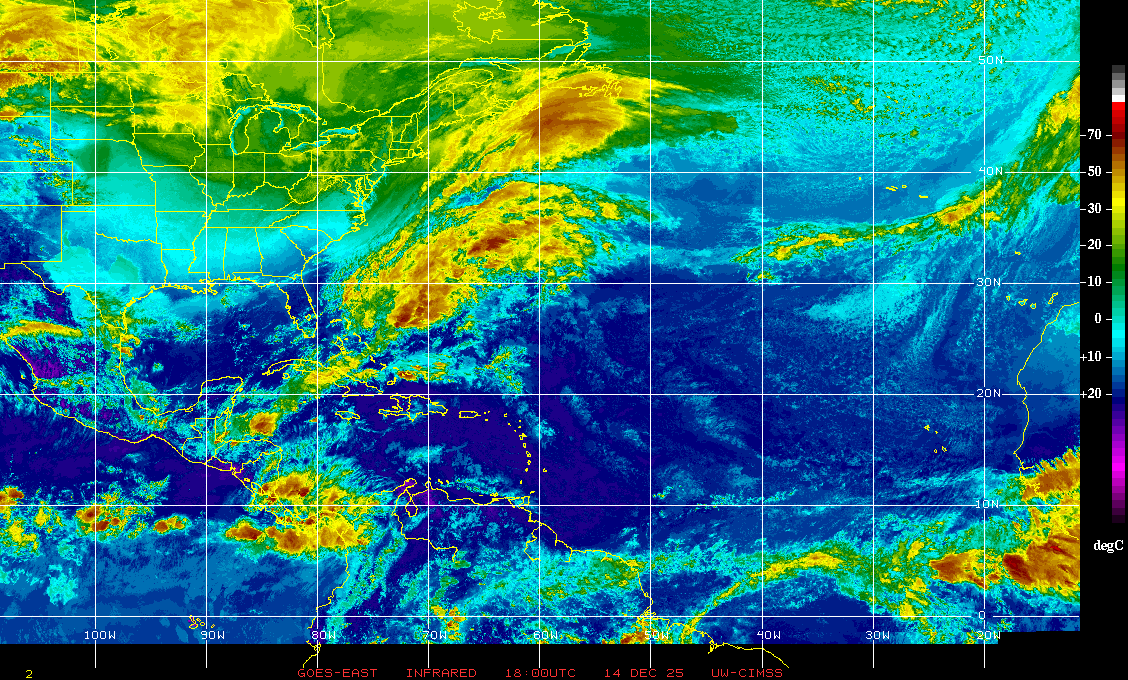


















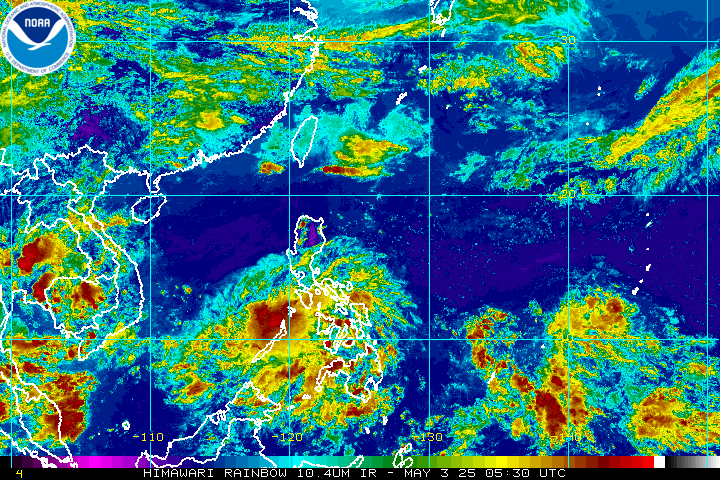


:quality(70)/cloudfront-us-east-1.images.arcpublishing.com/cmg/WJVERMTCKFHFPBF2LNONHSDB4M.jpg)
:quality(70)/cloudfront-us-east-1.images.arcpublishing.com/cmg/LMYNY2EJCBA3JBICAEQYPSRG6A.jpg)
:quality(70)/cloudfront-us-east-1.images.arcpublishing.com/cmg/LCRURKLTST5K6MBQPJN5HYJKVA.jpg)
:quality(70)/d1hfln2sfez66z.cloudfront.net/04-22-2024/t_798f1ca740b74dceb180b6927df8b0f7_name_file_960x540_1200_v3_1_.jpg)
:quality(70)/d1hfln2sfez66z.cloudfront.net/04-23-2024/t_f0085089574c4cb191afcc848e53d848_name_file_960x540_1200_v3_1_.jpg)